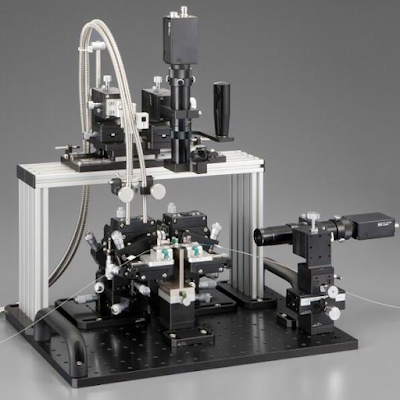When manufacturing fiber optic
cable assemblies, a seemingly simple procedure might have serious effects if
not done correctly. This holds for crimping. Proper crimping procedures with a Fiber Crimping Machine are crucial throughout the fiber termination process to
ensure a long-lasting connection. In reality, once all termination processes
have been completed, the cable may be tugged without separating from the
connection. The maximum draw force for each fiber optic cable assembly is
specified in industry specifications and may be required by your customer.
When correctly crimped, the cable
assembly is strong enough to endure fair amounts of pulling throughout the
final phases of manufacture and installation. Even after installation, the
cable assembly may have to tolerate certain mechanical stresses.
Crimping, a modest but important
step in the manufacturing process, strengthens the cable assembly and protects
the fiber. Proper crimping procedures assist in preserving the optical
connection, which has a direct influence on long-term durability and
performance.
Best-practice crimping
techniques
Crimping requires the connection
body, a metal crimping sleeve, and the material to be clamped, which is often
aramid yarns, the cable's strength element. Follow these techniques to
optimize your crimping procedures with Fiber Crimping Machine:
Use the correct crimp tool - The connection
manufacturer specifies the crimp tool, die set, crimp sleeve, and crimp force
to obtain the optimum crimp and maximum pull force for that assembly. It is
vitally important to employ the correct tools and components. The connection
manufacturer's experts created this "match made in heaven" with
mechanical tolerances in mind. Crimped connectors are often
textured and rough, increasing the contact surface area. Such nuances help to
maximize the overall draw force of the assembly.
Using the incorrect crimp tool or die set might lead to a faulty cable assembly. A heavy-handed crimp might crush the connection. If this structure is compromised, the glass optical fiber may also be harmed. If the crimp is too light, the aramid strands will pull away, reducing the maximum pull force. As a side note, you can utilize the connection manufacturer's suggested manual crimp tool or an automated crimp tool, which provides repeatability and improves process control while reducing operator fatigue. You must also buy Fiber Polishing Film.







